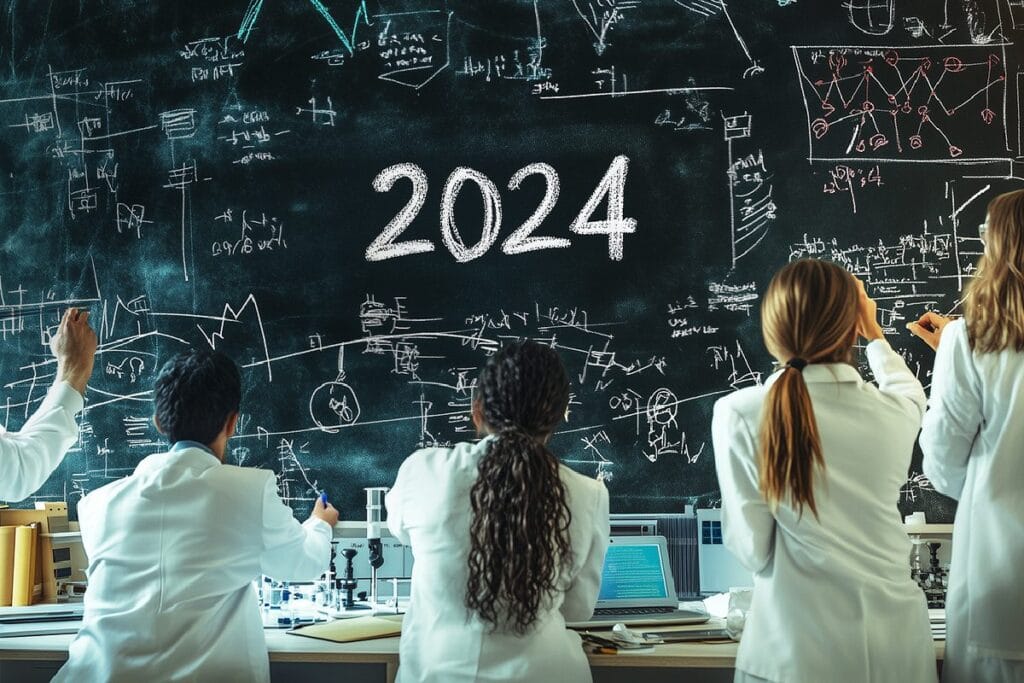[ad_1]
Analysis in 2024 explored getting old from various views, from entropy to evolutionary biology – we glance again by way of the yr’s tales.
The pursuit of understanding why and the way we age continued to be a spotlight in 2024; here’s a abstract of among the vital contributions to getting old principle this yr.
Epigenetic reprogramming: reversing the getting old clock

The Information Theory of Aging remained a cornerstone of epigenetic analysis in 2024. This principle means that getting old outcomes from the degradation of epigenetic data, which regulates gene operate. Analysis by Yuancheng Ryan Lu, Xiao Tian and David Sinclair explored whether or not this data may very well be restored to rejuvenate cells, successfully resetting the getting old clock. Whereas the idea stays theoretical, it opens pathways for future therapeutic purposes geared toward mobile restore and regeneration.
Read the full article
Entropy: the organic value of dysfunction

Growing older has additionally been considered as an entropic course of, pushed by the gradual accumulation of dysfunction inside organic techniques. This yr, scientists explored how entropy contributes to mobile injury and systemic decline. The findings bolstered the concept whereas entropy can’t be reversed, interventions concentrating on the injury it causes – resembling oxidative stress – may mitigate its results. This principle gives a invaluable framework for understanding the constraints and prospects of antiaging methods and we had been fortunate sufficient to debate it with Gero‘s Dr Peter Fedichev.
Read the full article
Evolutionary theories and genetic trade-offs

Theories like antagonistic pleiotropy proceed to form our understanding of getting old’s evolutionary roots. In January, we mentioned a overview in Trends in Genetics that highlighted how genetic traits that improve early-life health might contribute to getting old later in life. These trade-offs present insights into why organisms age in a different way and why some species, resembling lobsters and sure jellyfish, seem to flee getting old solely; exploring these anomalies may inform future genetic interventions.
Read the full article
Biomolecular shifts throughout the lifespan

Two crucial intervals of biomolecular change – one in midlife and one other in later life – had been recognized as pivotal getting old milestones. These transitions contain alterations in metabolism, protein expression, and mobile resilience. Researchers hope that understanding these shifts will information the event of diagnostic instruments and focused remedies that handle getting old at its most crucial junctures.
Read the full article
Speaking milestones and advancing conversations

A milestone debate How to defeat aging between Peter Fedichev and Aubrey de Grey highlighted the significance of clear and measurable targets in longevity science. With a worldwide viewers tuning in, the discussions dived deeply into rejuvenation biotech’s myriad and nuanced layers, and showcased contrasting views on the way forward for getting old analysis. By aligning scientific developments with tangible targets, the controversy highlighted the significance of bridging advanced analysis and public understanding, reinforcing longevity science’s relevance and potential.
Read the full article
The Ten Ranges of Longevity

Longevity.Know-how’s Ten Ranges of Longevity mannequin gives a structured strategy to understanding getting old interventions. The framework spans foundational way of life modifications, resembling weight-reduction plan and train, to superior biotechnologies geared toward reversing mobile injury. Our CEO Phil Newman emphasised the significance of addressing getting old at a number of ranges, stating: “Growing older is a multifactorial course of, and efficient interventions require a nuanced strategy.” This framework continues to affect each analysis and public well being discussions.
Read the full article
[ad_2]
Source link


